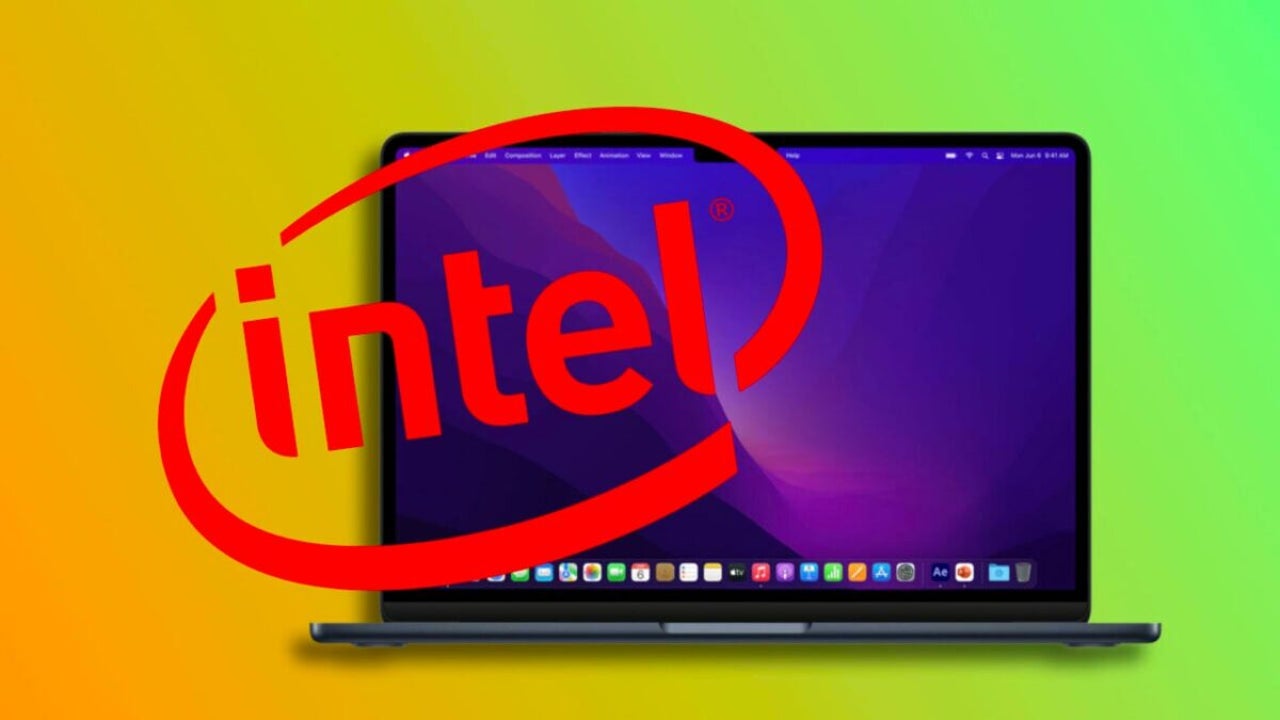News
The MacBook Air That Never Was: Intel’s Obstruction of Apple’s Vision
A Mac made possible by Apple silicon.

- July 4, 2023
- Updated: March 7, 2024 at 3:11 PM

A few weeks ago, Apple surprised us all with a seemingly impossible computer. We’re talking about the 15-inch MacBook Air—a winning combination of the necessary power for most users and a large screen to enjoy our content. A Mac that seemed impossible because, according to the company itself, it was indeed impossible. Apple had planned to launch the 15-inch MacBook Air years ago, but Intel wouldn’t allow it.
Intel’s technology made the project unfeasible from the outset
The journey towards creating the 15-inch MacBook Air was filled with obstacles, particularly during the time when Apple relied on Intel chips. This was revealed by Laura Metz and Thomas Tan, executives at Apple, in a recent interview with Inc.
According to Metz, from the Mac product marketing division, the company had the intention of developing a 15-inch MacBook Air during the Intel era, but the proposal was not feasible. “It just didn’t say ‘Air’ to us,” she comments. The idea of a 15-inch MacBook Air seemed incompatible with the lightweight and compact essence that characterizes this product line. However, the arrival of Apple Silicon marked a turning point in the design of these laptops.
“When we started, we wanted to make a 15-inch MacBook Air. But when we looked at the previous designs, it just didn’t work. It didn’t say ‘Air’ to us. But thanks to Apple Silicon, everything changed. It was only with Apple Silicon that we could have all the right components to bring that larger screen, along with the battery life and performance that users would expect from a MacBook Air.”
Thomas Tan, from the enterprise product marketing department, points out that Apple was well aware that buyers were looking for that larger screen size, especially in the enterprise market. “Apple Silicon suddenly made the MacBook Air much more capable for enterprise use,” he comments.
Meanwhile, he explains that they are seeing “many customers making that large-scale switch that we otherwise wouldn’t have seen before.” Apple even mentioned the situation at WWDC during the computer’s presentation. They simply stated that “the 15-inch PC laptop market is significant.” Many users wanted more screen real estate, but didn’t need the additional capabilities and performance offered by the MacBook Pro range. The MacBook Pro also comes at a different price point and is targeted at a different audience from the beginning.
When Apple announced the arrival of Apple Silicon chips, perhaps we didn’t fully grasp the changes it would bring to the company’s products. Now, with enough time having passed and the second generation of chips already here, with rumors of the third generation, the situation is clear. Power, but above all, unparalleled performance per watt, has given the green light to products like the Apple Vision Pro, the 24-inch iMac, and now the 15-inch MacBook Air.
These products are truly sleek, incredibly thin, and strike a balance between power and energy efficiency that goes beyond the usual graphics. Based on what we’ve seen, the new MacBook Air is just the beginning. Rumors are already pointing to a 30+ inch iMac and significant improvements with the arrival of 3nm fabrication for M3 chips. It won’t be long before we hear news about these chips, which, much like the 15-inch MacBook Air, will redefine what’s possible in computer design.
Some of the links added in the article are part of affiliate campaigns and may represent benefits for Softonic.
Architect | Founder of hanaringo.com | Apple Technologies Trainer | Writer at Softonic and iDoo_tech, formerly at Applesfera
Latest from David Bernal Raspall
You may also like

Brave launches Cookiecrumbler as an open-source solution: What it will mean for cookie blocking
Read more

A small ChatGPT tweak to make it more objective and less flattering
Read more

This has been the largest DDoS attack of 2025: What happened?
Read more

Rivian Launches First Digital Ad Campaign Featuring Creative Owner Stories
Read more

There are many ways to bring internet to other rooms without using cables
Read more

Sam Altman says OpenAI will fix ChatGPT’s new “annoying” personality. Meanwhile, here’s what you can do
Read more